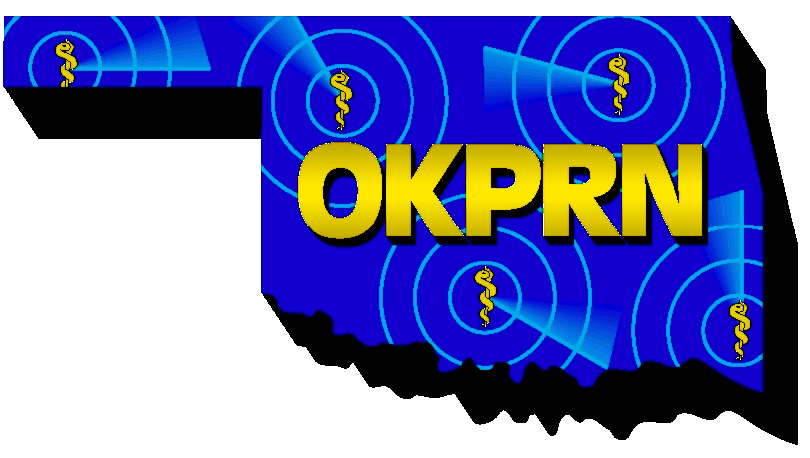
OKPRN Best Practices Resources
Best Practices Research (BPR) is a relatively novel methodology that helps researchers and implementors quickly and efficiently find practical answers to a variety of questions that fit the following formula: "what is the best or most optimal way of doing X"? Like many other entities and phenomena in life, primary care practices are also complex adaptive systems that often can't be effectively studied by classic, reductionist research methods (e.g., randomized controlled trials that manipulate and measure a very narrow set of targets). Many such studies achieve slow, incremental progress in answering research questions or developing better solutions. BPR, on the other hand, leverages the wisdom accumulated from the "natural experiement" of ongoing, real-life practice. Thus it starts the investigation at a higher level (beyond efficacy and at the level of effectiveness), saving substantial amount of time and resources to arrive at an immediately usable and practical answer that has previously been at least partly proven and validated by practice. BPR, as it is applied to primary care practice-based research, has been described systematically by Mold and Gregory (2003) and a number of successful applications have also been demonstrated. The steps of a basic approach to conduct BPR in a practice-based setting are listed below:
1) Development of the conceptual model
• Literature review
• Interviews and/or focus groups with stakeholders: practices, patients, pharmacists, payers, etc.
• Creation of a unified conceptual model and/or list of process components
• Feedback from stakeholders on face validity of the unified model
2) Definition of the “best” method
• Determine desired qualities (eg, cost, accuracy, participant satisfaction) and their relative
values using the Delphi method
• Determine methods to be used to measure each quality
• Set minimum standards for each quality (e.g., to identify top quartile of performers)
3) Identification/evaluation of potential methods for each component
• Survey of participating physicians/nurses to identify effective methods for each component
(can be one they are using, have heard of, have thought of trying, or can envision)
• Selection of methods to be evaluated for each component (performance)
• Evaluation of selected methods (chart reviews, secondary data analyses, etc) identifying the
methods used by the highest and the lowest quartile of performers
• Time-motion studies of components (if process completion time is a significant parameter)
• Selection of “best” (or most optimal) method for each component
4) Combining “best” components
• Assess compatibility of individual “best” methods for each of the components
• Develop combined “best” method from best methods for each component, if possible
• Construct a combined time-motion study
• Consider the optimal audience for using the combined method
5) Testing "best" method
• Identify sites that want to test the new, combined "best" method
• Measure baseline performance in specific qualities
• Implement the new "best" method
• Test the performance of the new "best" method





OKPRN Best Practices Toolkits & Documents
Laboratory Test Results Management
Prescription Refill Management
Management of Obesity in Adults (In Progress)
Delivery of Preventive Services
Best Practices Research - Summary
Order OKPRN Best Practices Resources
How I Help My Patients to Lose Weight (DVD)
A Cardiovascular Risk Reduction Program By Kristy Baker, ARNP, ANP-BC (OKPRN)
Watch a 4.5 minute trailer of this fantastic primary-care office based weight loss and cardiovascular risk reduction program from one of our OKPRN exemplar clinicians.
Buy the full-length DVD and support OKPRN and our next audio-visual knowledge dissemination effort.


